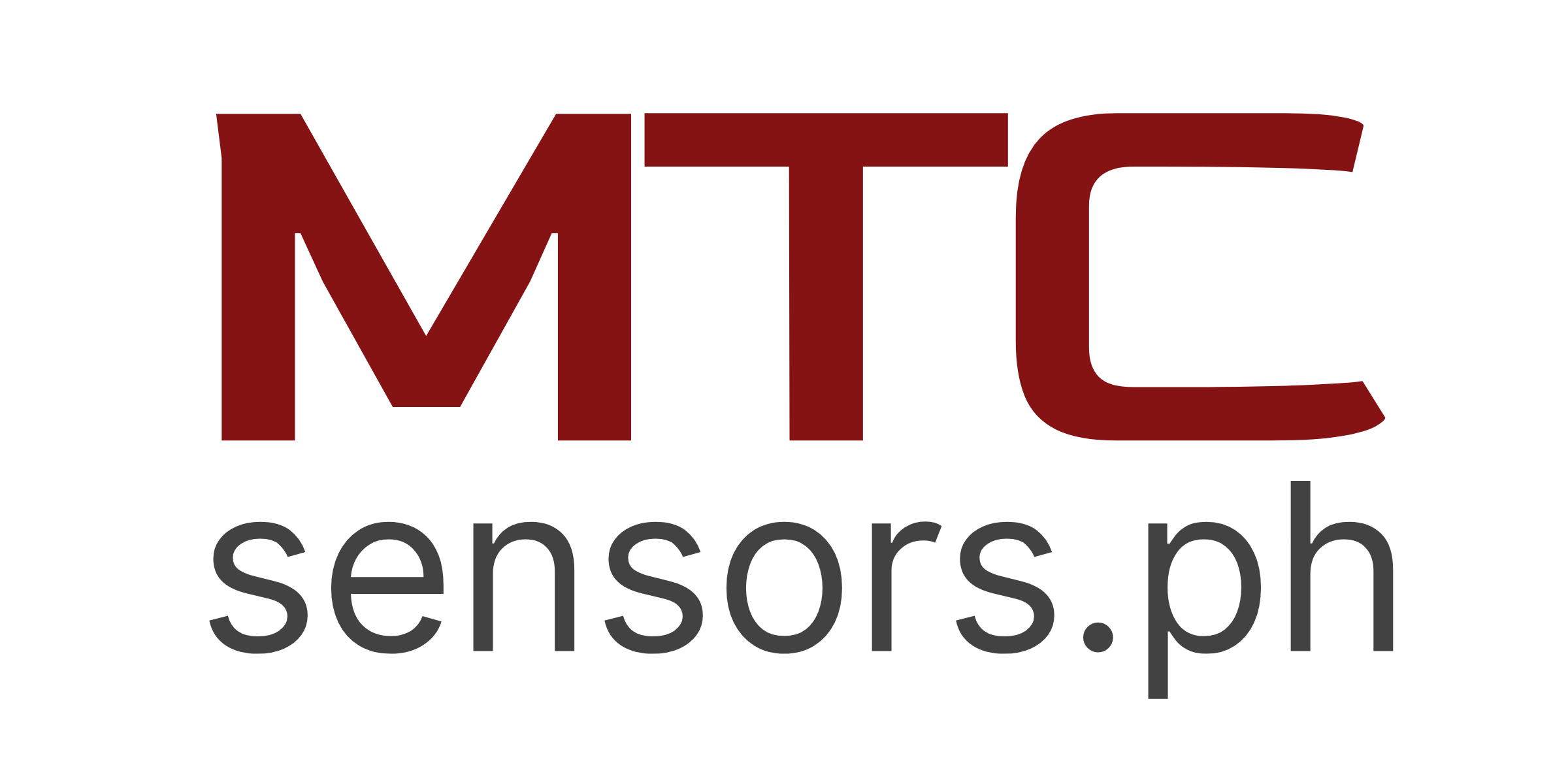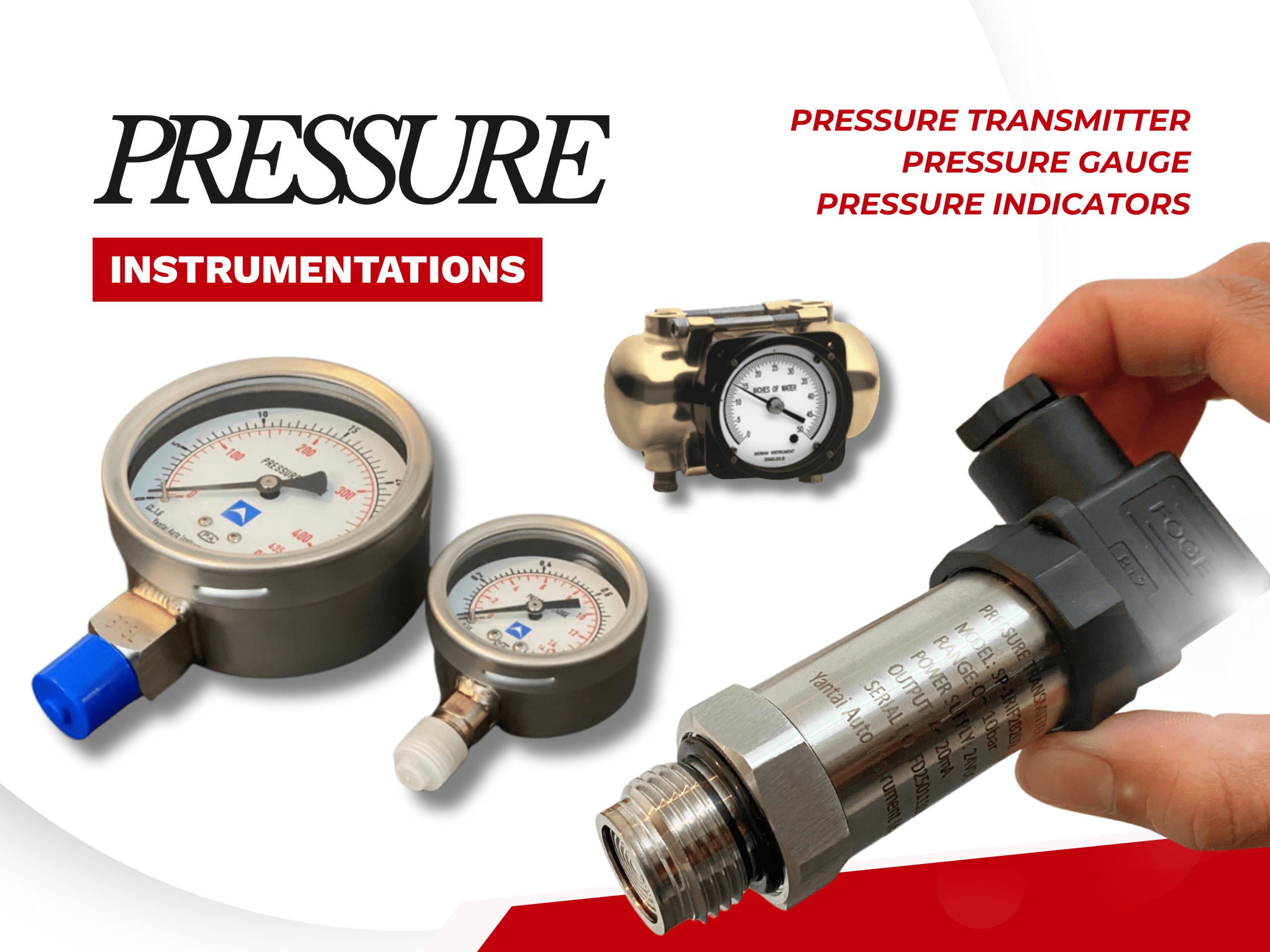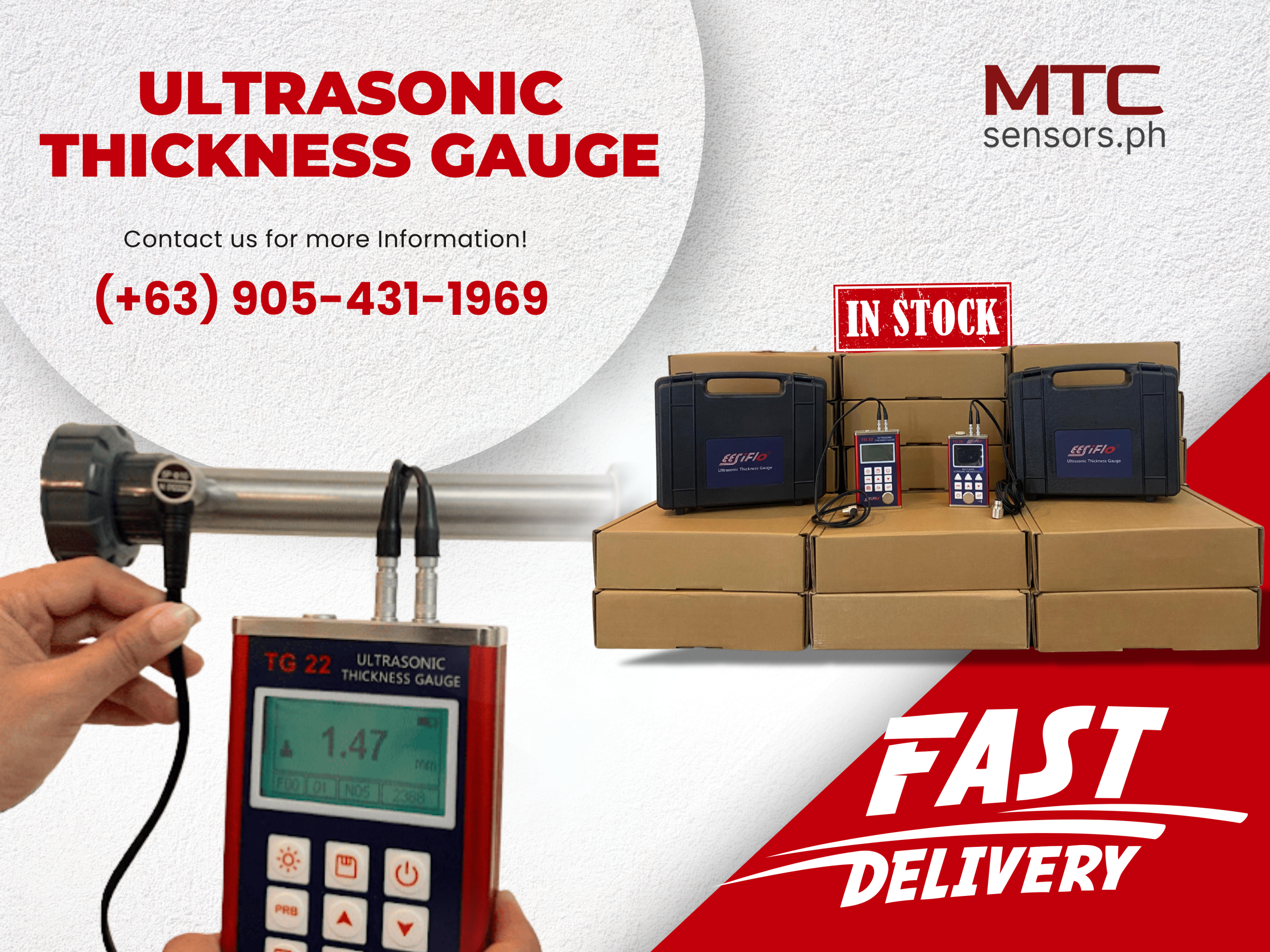Various Solutions for Measuring Liquid Level in Tanks
Liquid level measurement solutions designed to meet the diverse needs of industrial, commercial, and water treatment applications. Whether you’re measuring water, fuel, chemicals, or viscous liquids, MTC provides reliable instruments that ensure accuracy, safety, and efficiency in every process.
Filter by Category
Ex-stock Products
Recent News & Events

Measurement Technologies Corporation to exhibit at ProPak Philippines 2026 - Metro Manila, Philippines
October 24, 2025
We look forward to seeing you again at Propak 2026 where we hope to showcase some of our new products!
Simple Level Solutions
Sometimes, the simplest types of level measurement are both easy to use, easy to install and the price is right for the application. One of the common ways to measure the liquid level in a tank is to implement a pressure device. This means that will be using a pressure sensor to measure the liquid level for either continuous level measurement or simply as a level switch to prevent tank overspill. If we are measuring solids (bulk solids) a non-contact type of measurement is more suitable.
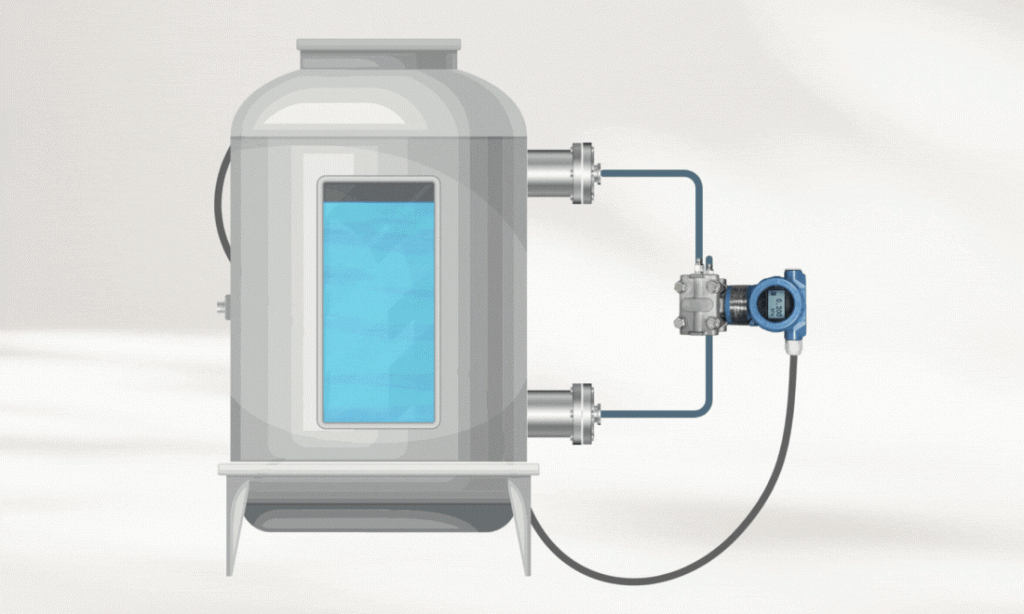
More Level Solutions
Not all level instruments are the same. This is simply because a single type of level gauge or level transmitter is not capable of handling every application.
A popular way to measure liquid level is through non-contact devices such as ultrasonic level transmitters but there are limitations due to the blanking distance and whether or not it is possible to send and receive an ultrasound signal without it being disturbed. There is still a need for classic level instruments such as capacitance level transmitters and magnetic level devices where other technologies are limited because of the above. The question often posed by the user is “What type of level instrument is best?” The answer to this question is not always the same. Radar level gauges (microwave) are very accurate but might be an overkill if that accuracy is not needed, especially if continuous level measurements are not necessary
Level Transmitters
A level transmitter can determine the amount of liquid or bulk-solid material at any given time. It can measure levels of substances like water, viscous fluids, fuels, bulk solids, and powders.
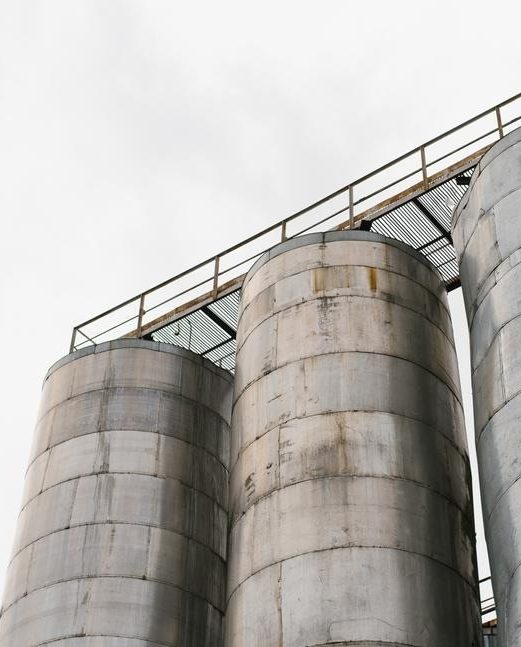

These transmitters are used in numerous applications requiring level measurement in containers or tanks. They are commonly found in industries such as material handling, food and beverage, power, chemical, and water treatment.
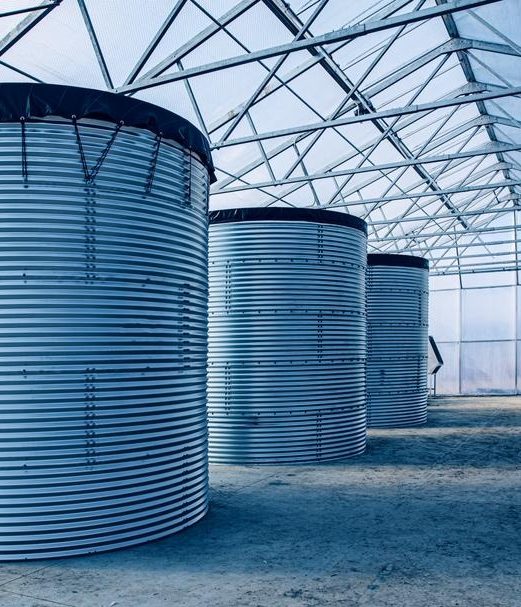
Working Principle of Level Transmitters
The working principles of level transmitters vary depending on the type:
- Capacitance Level Transmitters: Use a capacitor to detect level changes.
- Hydrostatic Level Transmitters: Measure fluid pressure to determine level.
- Ultrasonic Level Transmitters: Use ultrasonic waves to measure the distance to the liquid surface.
Measurements are categorized into direct and indirect, using either contact or non-contact methods. Direct measurements are ideal for small changes in industrial tanks, while indirect measurements are used for more sensitive or extreme levels. Ultrasonic transmitters can be either contact or non-contact.

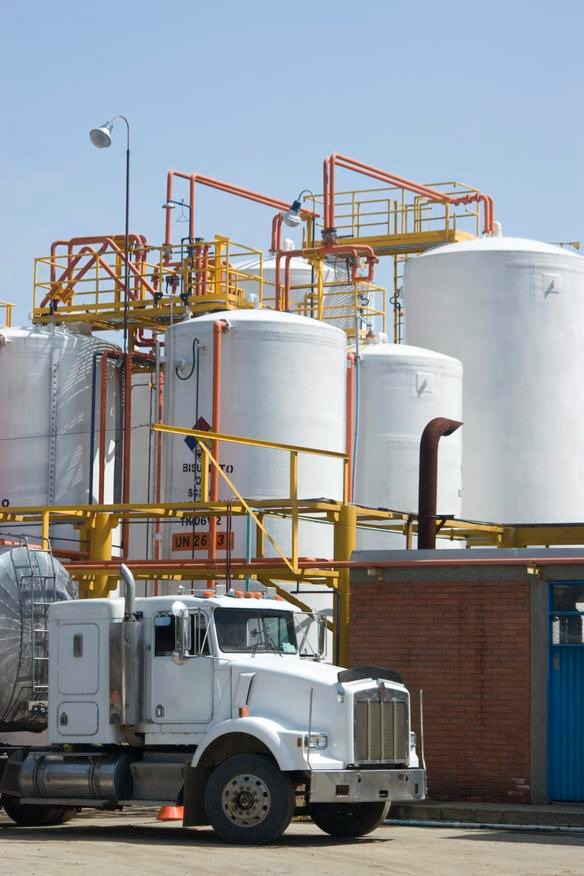
Types of Level Transmitters
There are seven main types, each suited to different applications:
- Capacitance Level Transmitters: Measure variations in capacitance to determine liquid level in a tank.
- Hydrostatic Level Transmitters: Determine fluid level by measuring pressure.
- Magnetic Level Transmitters: Use a magnetic float to measure liquid levels.
- Radar Fill Level Transmitters: Utilize radar signals to measure the liquid level based on reflection time.
- Ultrasonic Level Transmitters: Emit ultrasonic pulses and measure their reflection time to calculate liquid level.
- Guided Microwave Level Transmitters: Send microwave pulses through a sensor to measure return time and determine level.
- Liquid Level Transmitters: Detect liquid levels and interfaces between different liquids, such as oil and water, by measuring head pressure.
In many industrial applications, monitoring gas or liquid levels in containers is crucial to prevent overfilling. Level measurement transmitters play a vital role in this task.
Having trouble selecting the best instrument for your application?
Here’s a guide to help you choose the right instrument for your industry. You may also reach out to our technical team for expert guidance tailored to your specific process needs.
